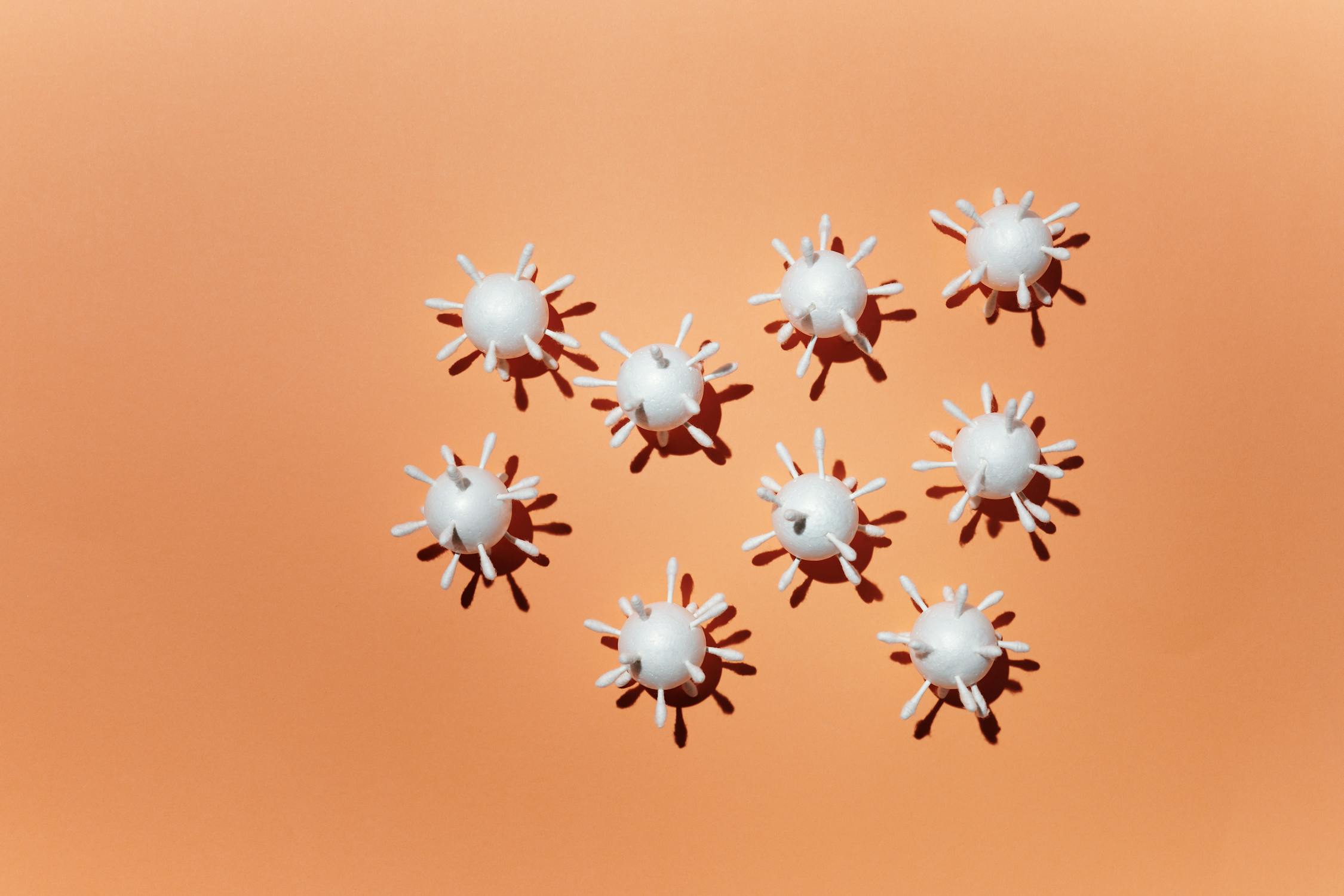
Bird nest soup is widely known as a healthy food. However, many people are still skeptical about the benefits of bird nest soup. In this article, we collect scientist journals about the benefits of birds nest soup
The main ingredient of bird’s nest soup is edible bird nests. Edible bird nest is made of the saliva of swiftlet birds or edible-nest birds. This bird is widely found in Southeast Asian countries such as Indonesia, Malaysia, Thailand, and others. Swiftlet bird is also a family of swallow birds.
Before we understand the benefits of bird’s nest soup, let’s take a look at the nutrition fact of a bird’s nest soup.
Nutrition Facts of Bird Nest Soup
According to Astrophysics Data System, edible bird nests contain a lot of nutrition and minerals. Those are:
- Protein 58,5%
- Carbohydrate 22,3%
- Moisture 15,9%
- Fat 0,3%
- Ash 2,6%
Besides all of the good nutrition above, edible bird’s nest also contains high amounts of amino acids, such as:
- Glutamic acid 9,6%
- Aspartic acid 6,3%
- Lysine 5,4%
- Leucine 5,3%
Those are the nutrition and mineral you will get when consuming an edible bird’s nest in a bowl of bird nest soup. Now, you might wonder what’s the benefits of bird’s nest soup for your body?
Benefits of Bird Nest Soup
According to the National Center of Biotechnology Information, birds nest soup has nutrition benefits, such as:
Antiviral for Influenza

You must be familiar with Influenza or Flu. Influenza is an example of a virus. Viruses are micro-organic agents that replicate themself in living cells that act as hosts.
The study from Haghani in the Journal of Ethnopharmacology Vol. 185 said that an edible bird’s nest can decrease an NA gene. The properties surface of influenza viruses.
In conclusion, this study showed that EBNs have the potential to inhibit the virus, modulate the immune responses and efficiently improve the outcome of the influenza disease.
Traditionally, an edible bird’s nest is also believed as a natural medicine for cough and sore throat.
Anticancer Effect

A researcher from the National Care Center Of Singapore, Vivianne Shih did a research in 2009. In her research about Complementary and Alternative Medicine (CAM) Usage in Singapore Adult Center Patients, traditional Chinese medicine, birds nest, and special diets are the most commonly used.
Based on the questionnaires, 46% said that they take edible bird nests, along with CAM and Traditional Chinese Medicine (TCM). 54% of the respondents reported the use of EBN during CAM treatment to their oncologist and surprisingly, about 66.4% of the oncologists agreed with the application. Effectiveness from the combination of EBN and CAM to treat cancer has benefited more than half of the patients.
Improve Fat Tissue (hADSCs) Self-Renew

The National Center of Biotechnology Information reported that edible bird nests have the potential to improve the self-renewal of Fat Tissue (hADSCs).
Helps Skin Regenerations

Epidermal Growth Factor or EGF is the main factor of skin regenerations. Naturally, our body has EGF that could be found in tears and saliva. EGF could speed up skin regenerations.
Kong in 1987, demonstrated that there is a particular component in edible bird nests that has EGF-like activity. This research proves the possibility of edible bird nests could help skin regenerate. Although further research is needed to support this report.
Enhance Bone Strength

Matsukawa et al. (2011) in their research reported, there is an increase in bone strength and thickness of rats after daily consumption of edible bird nest extract. Also, edible birds nest supplementation contributes to the dermal thickness of the subject.
Their research demonstrates the benefits of bird nest soup as its effectiveness in bone strength.
Eye Care Effect

The National Center of Biotechnology Information’s Journal (2021) collected scientist studies about the implementations of edible bird nests as eye care products.
In conclusion, edible birds nest showed the potential to enhance cell repairment of damaged eyes. Edible birds nest help increase proliferation (cells regenerations) rate, and proper functioning maintenance in the wound healing of corneal tissues.
Neuroprotective Effect

Neuroprotective is a mechanism or strategy used by our body to protect or decrease damaged tissue in the central nervous.
Since 2014, there are many researchers reported the neuroprotective effect of edible bird nests. Careena et al. (2018) said edible bird nest contains sialic acid, which is believed to improve brain functions.
Antioxidant

Bird nest soup is long known to contain antioxidants. Antioxidants in edible bird nests are mostly attributed to the pool of bioactive compounds, such as amino acids, sialic acids, triacylglycerol, vitamins, lactoferrin, fatty acids, minerals, and glucosamine (Liu et al., 2012; Zainab et al., 2013; Lee et al., 2020).
Improve Sexual Quality

Fu-Cui Ma et al. (2012) researched the effect of edible bird nests on sexual function of male castrated rats. Their test reported that edible bird nests demonstrated that the edible bird nest may promote the sexual function of male castrated rats.
This result indicates that an edible bird’s nest has the potential to be an ideal ingredient for erectile dysfunction medicines.
Although further research is needed, the benefits of edible bird nests have been reported many times by scientists. If you want to get the benefits, the best way is to cook your own bird nest soup and enjoy the benefits that way.
There are the benefits of bird nest soup you need to know. Are you ready to cook your own bird nest soup? Read our recipes to make sure you make the perfect bird’s nest soup.
Related Post:
The Ultimate Recipes for Bird’s Nest Soup; What to Prepare and How to Cook
What is Bird Nest Soup.. ? 21 Facts You Need to Know
Source:
Halimi. (2014). Nutritional Composition and Solubility of Edible Bird Nest (Aerodramus Fuchiphagus). AIP Conference Proceedings, Volume 1614, Issue 1, p.476-481
Lee, Ting Hun. (2021). Edible Bird’s Nest: The Functional Values of the Prized Animal-Based Bioproduct From Southeast Asia–A Review, Frontiers in Pharmacology
Ma, Fu-Ci. (2012). The Effects of The Edible Bird Nest on Sexual Function of Male Castrated Rats, African Journal of Pharmacy and Pharmacology
Matsukawa. (2011). Improvement of Bone Strength and Dermal Thickness due to Dietary Edible Bird’s Nest Extract in Ovariectomized Rats, PubMed.gov
Haghani. (2016). In vitro and in vivo Mechanism of Immunomodulatory and Antiviral Activity of Edible Bird’s Nest (EBN) Against Influenza A Virus (IAV) Infection, Journal of Ethnopharmacology Vol 5. P 327-340
Shih. (2009). Complementary and Alternative Medicine (CAM) Usage in Singaporean Adult Cancer Patients. PubMed.gov
Roh, Kyung-Baeg. (2011). Mechanisms of Edible Bird’s Nest Extract-Induced Proliferation of Human Adipose-Derived Stem Cells. PubMed.gov
Ayu, Dian. (2017). Evaluasi Penggunaan Obat Antihipertensi pada Pasien Stroke Iskemik di Rumah Sakit Stroke Nasional Bukittinggi, Universitas Andalas
Pratiwi, Yunia. (2018). Ketahui Khasiat Kecantikan EGF, Kandungan yang Ada dalam Tubuh, Tempo.com
